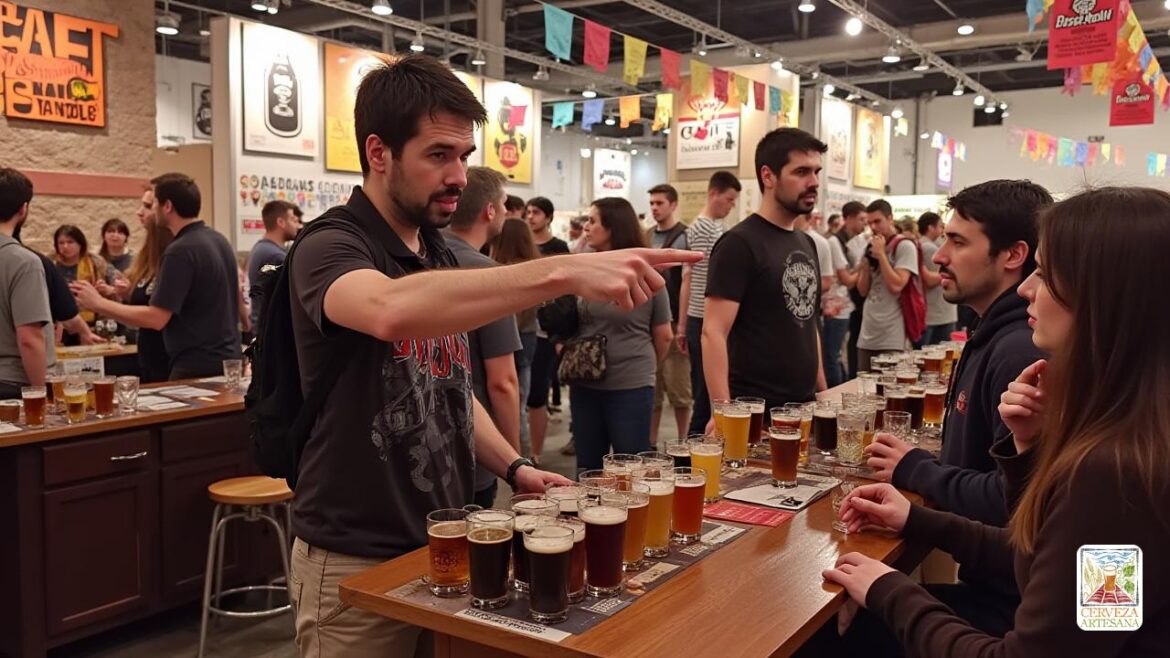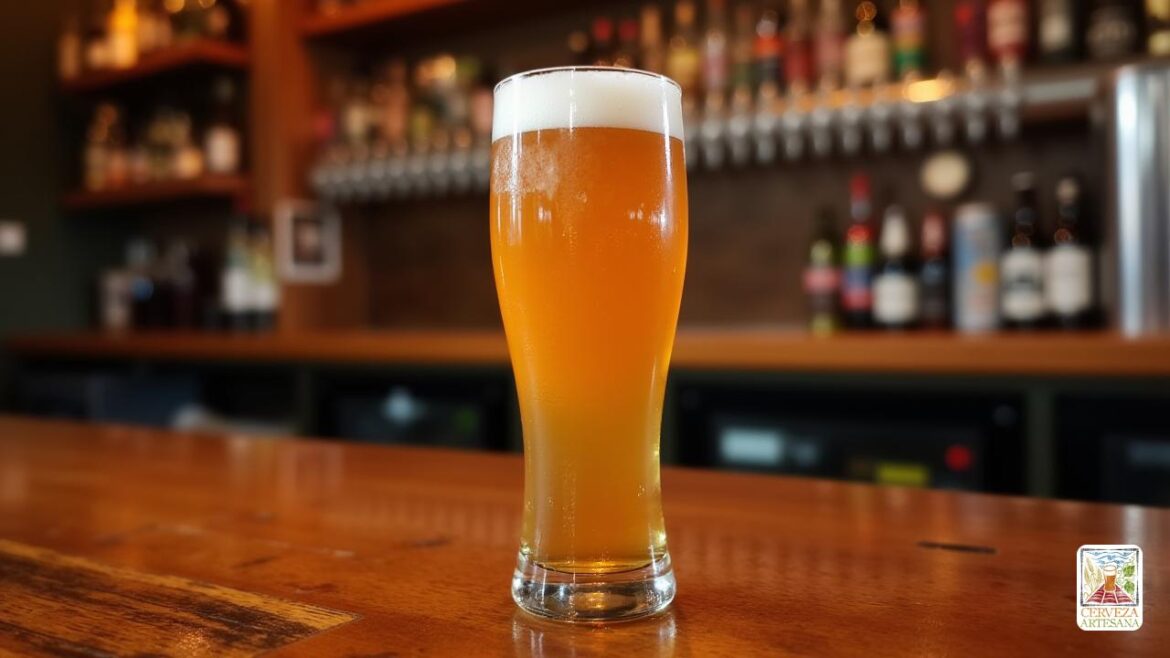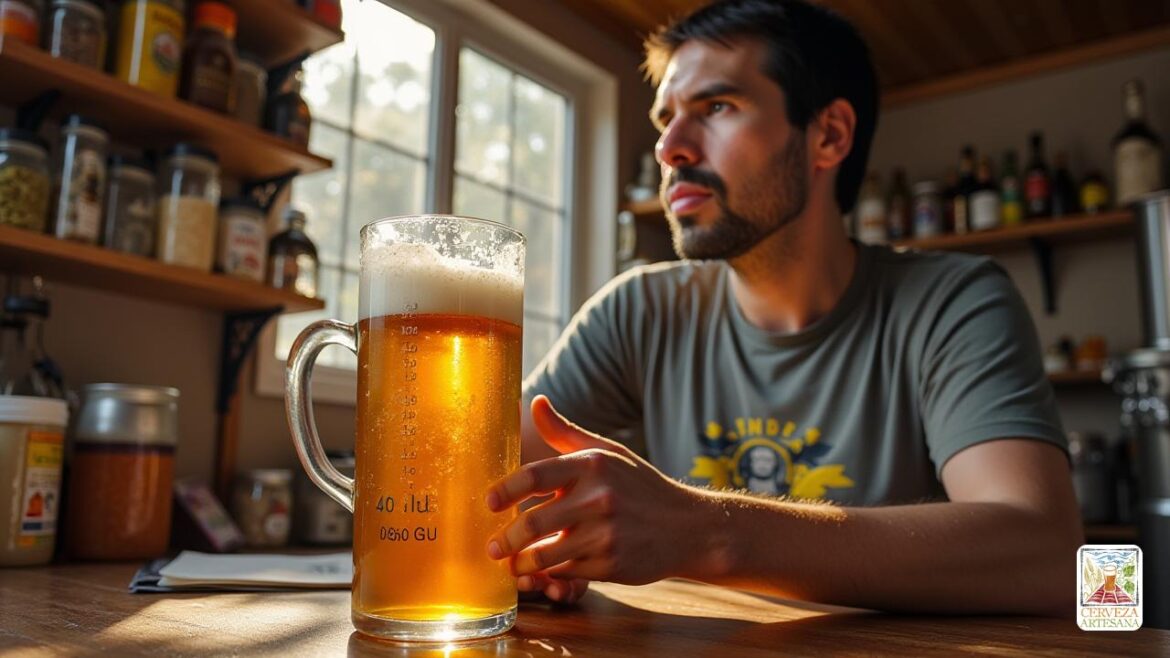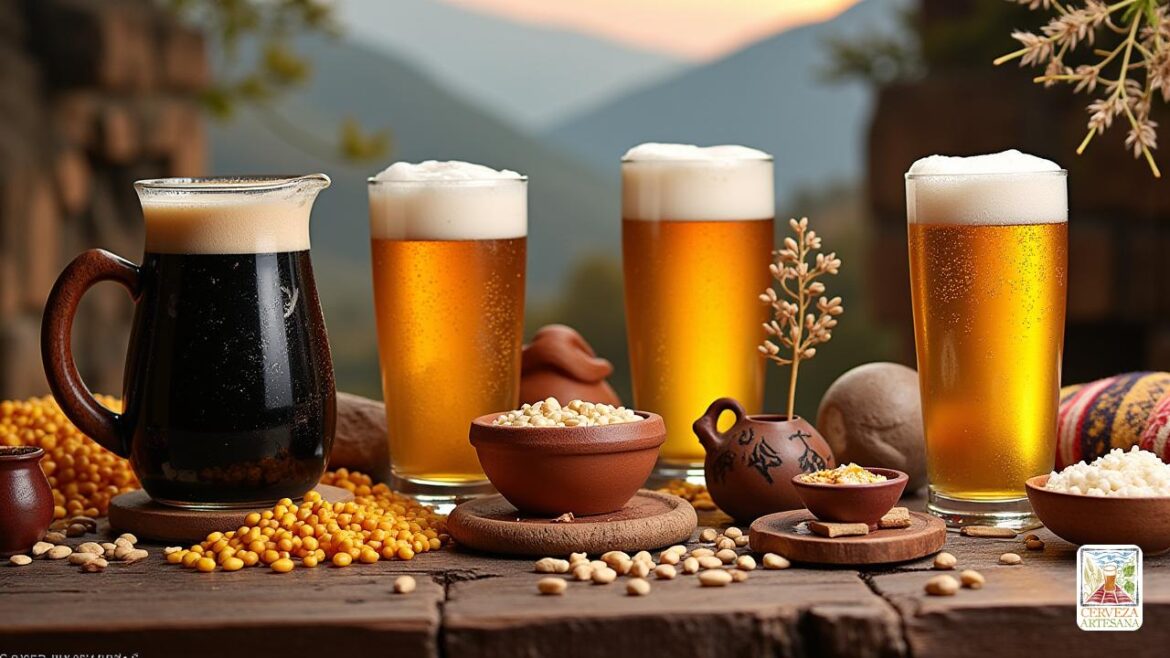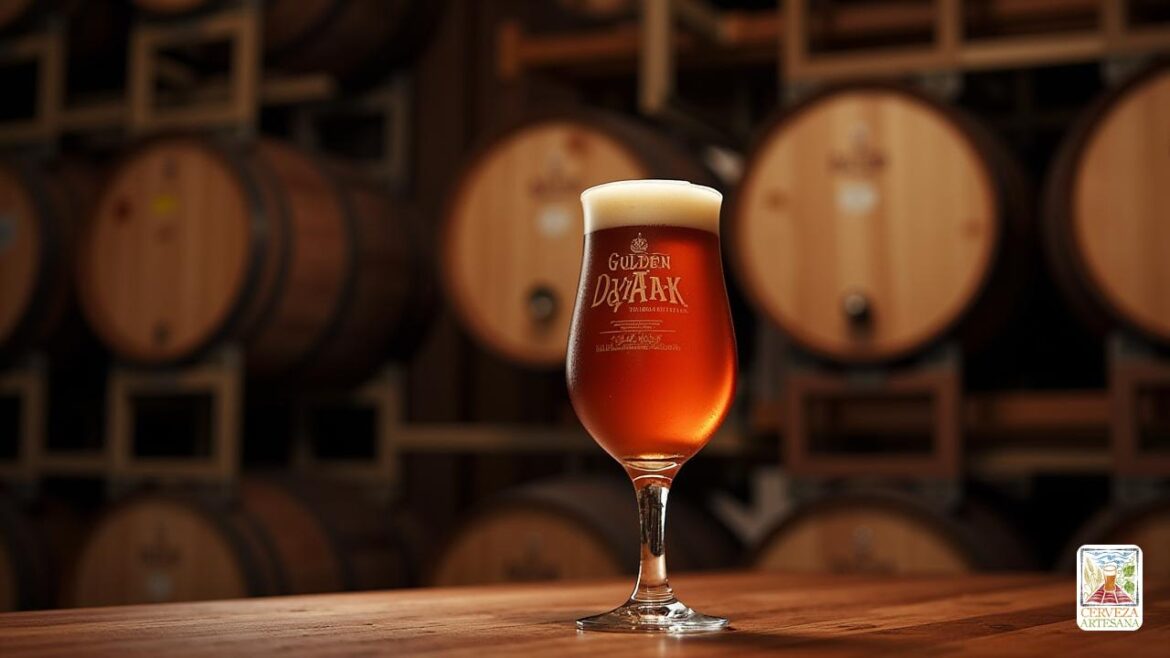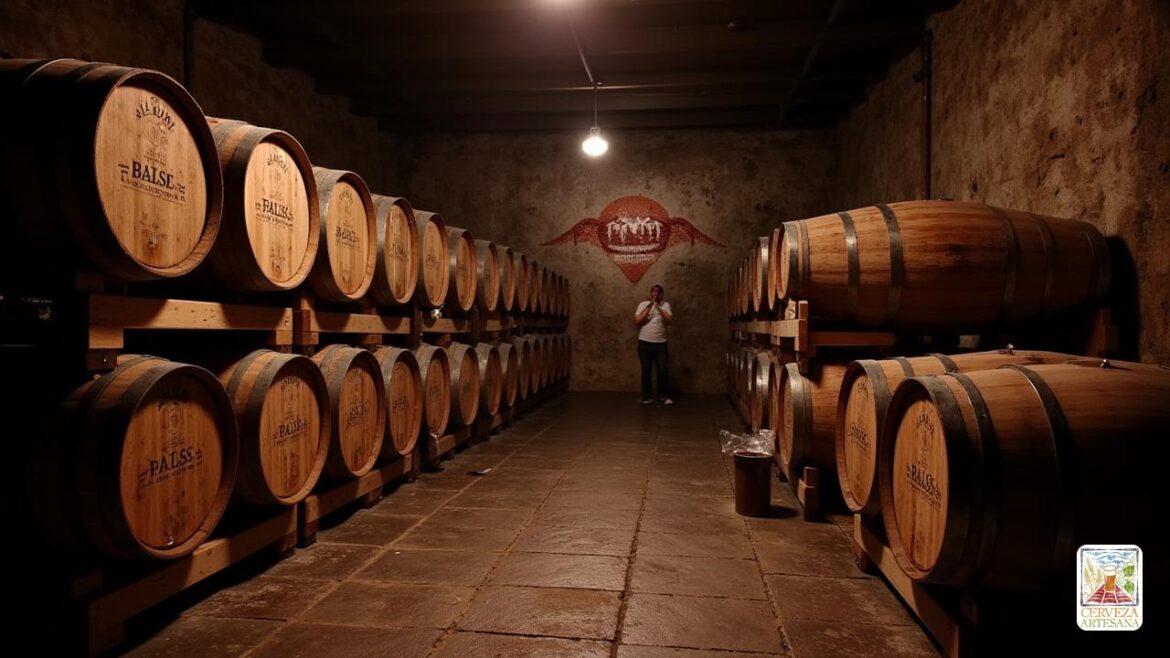The types and their beer tricks
The world of craft beer expands faster than the rhythm of a new launch of an IPA. But in this explosion of flavors, styles and ethyl lands, the personalities of beer snobism have found their own space. While some cling to their selection of hops and malts as if it were a sacred code, others act as the joy of the party. Here we present a fun guide on how to navigate the phenomenon of the ‘muddy beer culture’.
Evangelizers: Beer missionaries
These devotees of beer seem to have learned the art of conversion at the school of preachers. They always reach meetings with an arsenal of beers and tasting glasses, ready to transform everyone’s liquid experience. However, you are not surprised if your insistence brushes the limit of the reasonable. On the other hand, the amount of free beer could make everything forgive!
The tasters: Sommelier in training
The place never matters, a taster is always ready to ask for a sampler and criticize every aspect of beer. In his mind, the search for beer perfection is his sacred mission and will not hesitate to make a rapid ‘evaluation’ before deciding what their final choice will be.
The launch guardians: the some and beer zeros
They are always in the row or watching the rumors of the last beers that are about to leave. These people have learned the art of waiting and are instantly recognizable for their almost Benedictine dedication to their new liquid relics.
The Baron del Barril: Alcohol Queen
This individual makes a clear distinction: beer is only worthy if it comes from a superior quality barrel. The suggestions on ‘common’ beers will be discarded; The experience must be refined and always accompanied by a technical talk about the most recent barrels.
The merchant: the beer market
A teacher of the exchange, this character does not hesitate to exchange rare beers for that liquid jewel he has been looking for. Open a bottle? That would be like asking him to give up a part of his soul.
The sudden fan: an exuberant convert
His rookie transition to artisanal beers expert was faster than a good ‘Cold Brew’. Now he spends his time looking for references and recommendations, taking his enthusiasm to a new level that can sometimes be disconcerting.
Captain Ahab: The incessant search
This character has an unwavering mission: finding that ‘great lost beer’. There is no story that does not repeat, since each failure blow becomes literature for your search for perfect beer.
The obsessives: Crystal store and freshness
Three are the priests of the beer culture here: the one that needs the right glassware for each beer and the one that does not support the idea of drinking a slightly old IPA. Freshness is its mantra and any deviation from it is a sacrilege.
Trendsetters: fashion hunters
One year is the year of the Gose beers, the next are telling you that traditional IPAS are a mistake. They are fast to promote the ‘cool’ and forget the ‘outdated’ with the same speed as their glasses are emptied.
The beer teacher: a beer pupil
Any conversation that starts will be a masterful lesson about hops and fermentation processes. If you are not at your level, do not expect you to dedicate more than two words. Take it or leave it!
The condescending listening
He always has a sarcastic comment at the tip of his tongue every time someone mentions a common beer. Your disenchanted look can even make the best selection look like a crime. With them, it is safer to choose your words (and beers) with intelligence.
An final note
The beer culture is a vibrant and evolving space, full of characters that contribute their own spark. Although sometimes snobbery can be exhausting, deep down, we all share the same love for beer. So the next time you meet a Snob Cervecer, remember: You are also there to enjoy and enjoy is the most important thing!

